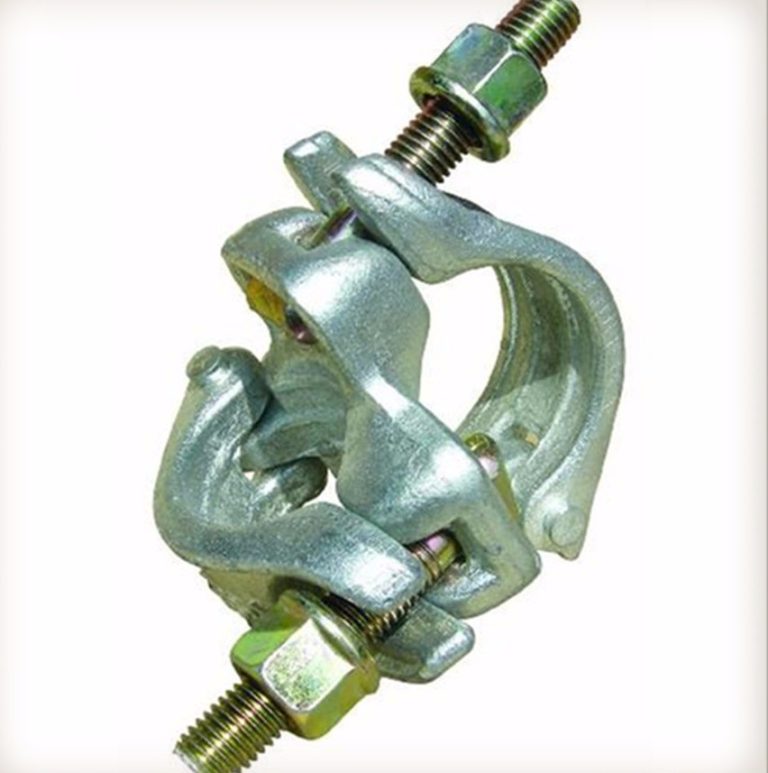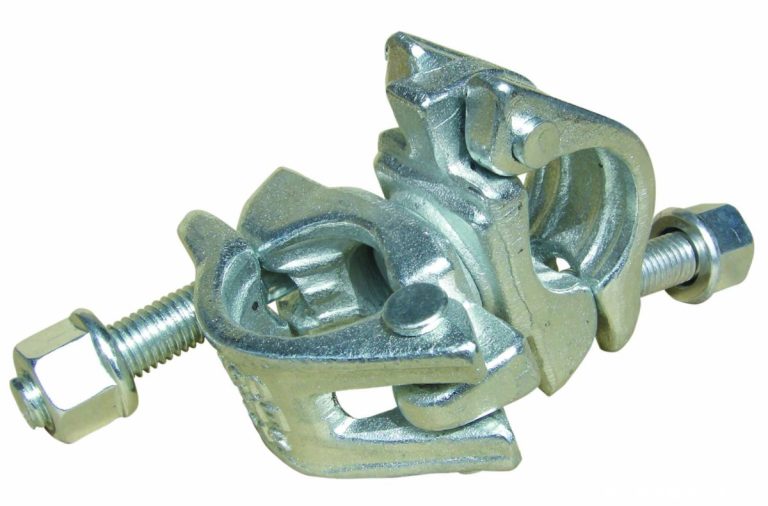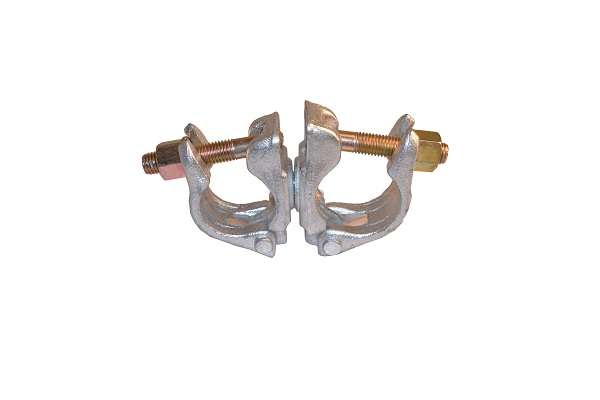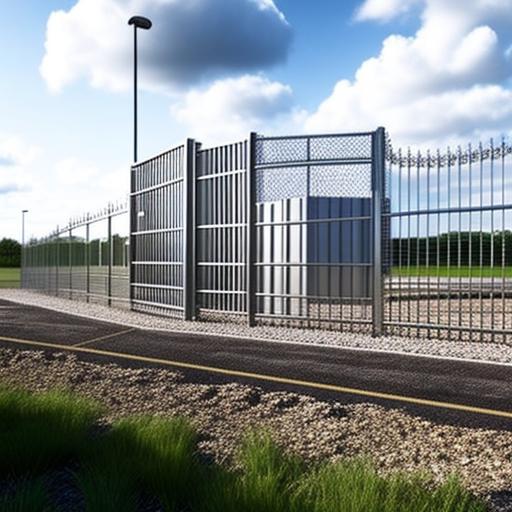In this article, we shared what is scaffolding. In this article, we share the development history of scaffolding in China.
Scaffolding development history in China has gone through a process from backwardness to leadership, from introduction to innovation, and from qualitative change to quantitative change. Now the scaffolding produced in China has been exported all over the world, providing strong safety support for the development of world construction.
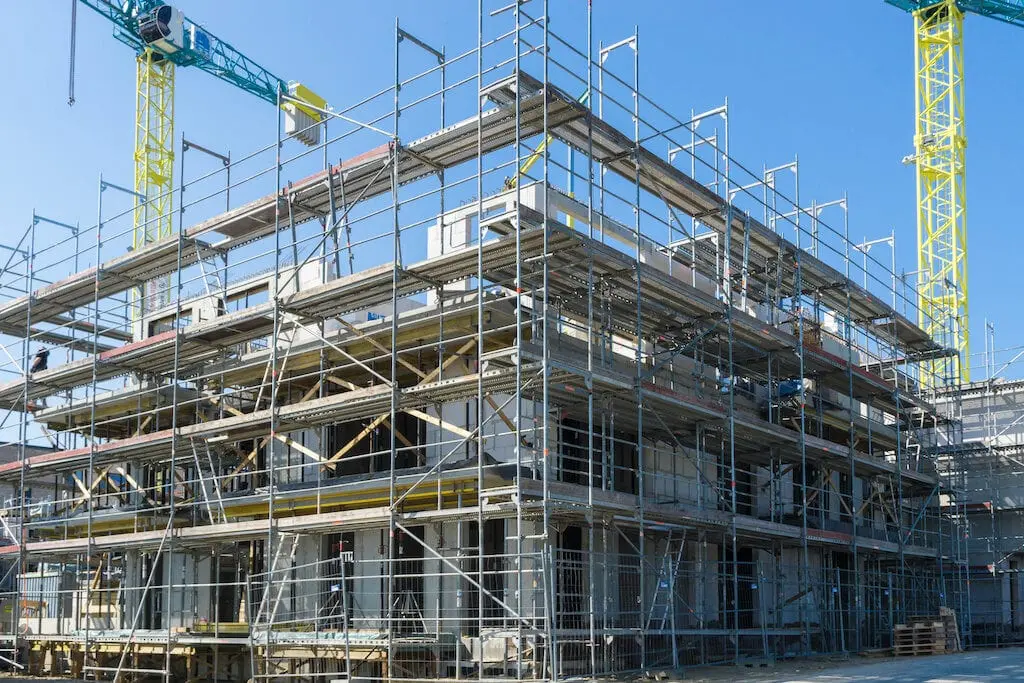
1950s-1960s, Early Applications and Startups
Scaffolding development history in China was primarily made of bamboo and wood. While these materials were low-cost and easy to work with, they suffered from limited load-bearing capacity, susceptibility to corrosion, and low reusability, resulting in less than ideal safety and durability.
1960s-1980s,Steel pipe scaffolding promotion
Coupler-type steel pipe scaffolding began to be used in China and gradually gained popularity. Due to its flexible assembly and disassembly, easy transportation, versatility, and affordability, it remained a widely used scaffolding method in China for a long time. However, this type of scaffolding suffered from poor safety (joint rigidity is significantly affected by the quality of the couplers and installation), low construction efficiency, and regulations limited its maximum erection height to 33 meters, making it unsuitable for high-rise building construction.
1980s-1990s,Technology introduction and diversification
To adapt to the development of the construction industry, my country has been importing gantry scaffolding and other types of scaffolding since the 1970s. Gantry scaffolding can be used not only for internal and external scaffolding in construction, but also as support for floor slabs, beam formwork, and mobile scaffolding. Its multifunctionality earned it the name “multi-functional scaffolding.” In the 1980s, domestic manufacturers began to imitate gantry scaffolding.
At the same time, bowl-hook scaffolding was introduced as a new type of scaffolding and saw some application. However, due to limitations in product quality, machining accuracy, and service life, these new scaffolding types were not widely adopted.
1990s-early 21st century, independent research and development and expansion
Since the 1990s, domestic companies have continuously introduced advanced foreign technologies and developed a variety of new scaffolding types, such as pin-type scaffolding, CRAB modular scaffolding, disc-type scaffolding, square tower scaffolding, and various types of climbing frames. Entering the 21st century, China’s construction market ushered in a golden period of rapid development, providing a broad application space for various scaffolding products. Starting around 2015, socket-type disc-type scaffolding gradually gained widespread application and gained wide recognition among construction units.
From the beginning of the 21st century to the present,Modernization and standardization
Entering the 21st century, China’s scaffolding industry entered a new phase of transformation and upgrading, placing greater emphasis on safety, environmental protection, and efficiency.
Material and process upgrades: New materials such as high-strength steel, aluminum alloy (with advantages such as lightness, durability, and rust resistance), and composite materials are increasingly being used, improving scaffolding’s lightweight, corrosion resistance, and overall performance.
Intelligent Exploration: Some companies have begun developing intelligent scaffolding systems that integrate sensors, control systems, and monitoring software. These systems can monitor stress, tilt, and other conditions in real time, provide early warnings, and enhance construction safety.
Green Environmental Protection and Sustainable Development: Environmental protection policies are driving companies to focus on the use of recyclable materials (such as renewable aluminum alloys and environmentally friendly coatings) and energy-saving technologies, driving the industry’s green transformation.
Standardization: The country continues to improve the standards and regulations for the scaffolding industry (such as the “Safety Technical Specifications for Coupler-Type Steel Pipe Scaffolding in Construction”), setting specific requirements for scaffolding design, manufacturing, inspection, and use, providing operational guidance for construction workers and promoting improvements in product quality and safety.
The future development of China’s scaffolding industry is likely to focus on the following areas:
Technological innovation and intelligent integration: The application of technologies such as the Internet of Things, big data, and cloud computing in scaffolding condition monitoring, safety warnings, and remote management will receive increasing attention.
Increasing environmental protection requirements: With the strengthening of environmental protection policies and the promotion of green building concepts, higher requirements will be placed on the recyclability of scaffolding materials, energy conservation and environmental protection in the production process, and the environmental impact of products throughout their life cycle.
Specialized and customized solutions: The demand for developing specialized scaffolding products and construction technologies for different engineering fields, such as high-speed rail, bridges, tunnels, and special architectural forms, will increase.
International development: Driven by national strategies such as the Belt and Road Initiative, Chinese scaffolding companies are expected to participate more deeply in international market competition and expand overseas markets by improving product quality and technological content.



